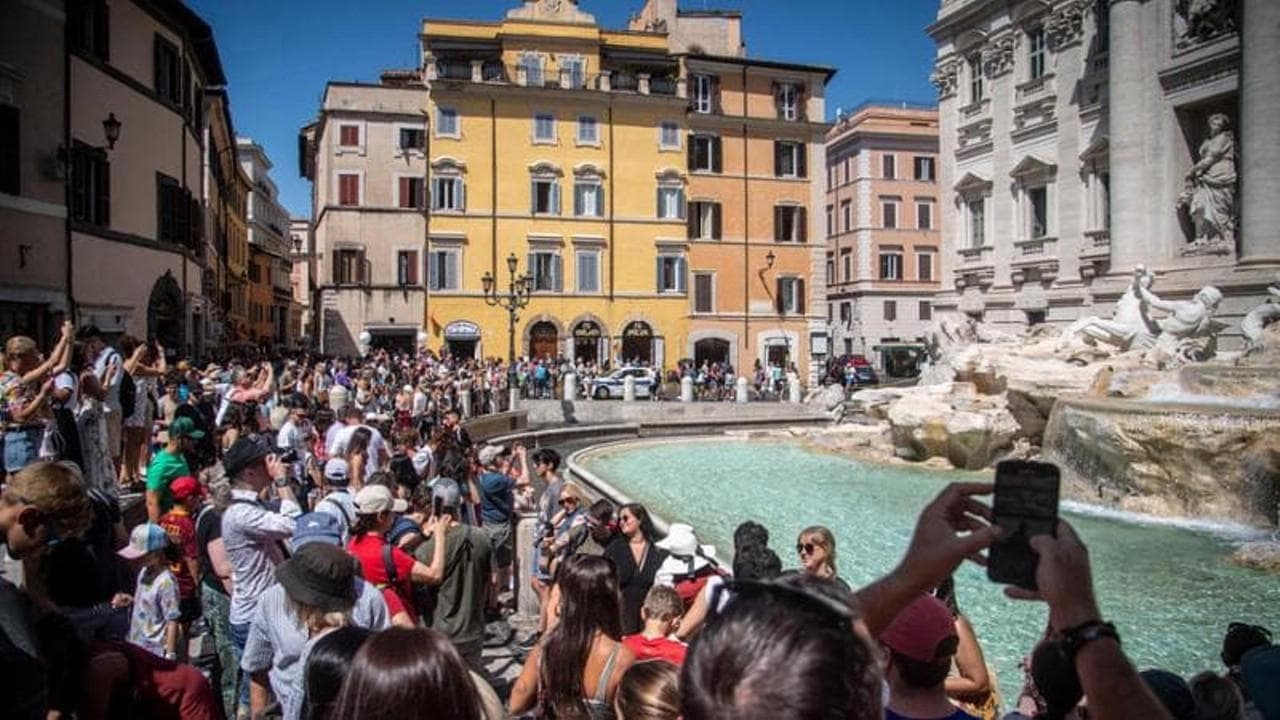Tourism in Italy is growing but at two speeds: half of the presences are concentrated in 10 provinces

Having surpassed pre-pandemic levels, tourism in Italy continues to grow, but with regional and traveler-origin disparities. This is what emerges from the survey "Tourism in the Italian Provinces: an Analysis of Supply and Demand," conducted by the Touring Club Italiano research center, which analyzed ISTAT data for over one hundred Italian provinces over the five-year period 2019-2024. In 2024, Italy recorded 466 million tourist arrivals, up 7% compared to 2019: foreign tourism is growing the most (+15%), while domestic tourism is declining (-2%).
The ten most visited provinces account for 50% of total visitors (over 233 million, a slight increase compared to 2019). Rome leads the way (47.2 million visitors, +37%), followed by Venice (38.8 million, +2%) and Bolzano (37 million, +10%). Milan (18 million, +10%) and Naples (14 million, +2%) also enter the top ten, while Florence (13 million) and Rimini (11 million) recorded declines of -17% and -7%, respectively. At the other end of the spectrum, Isernia remains the province with the lowest number of visitors (less than 80,000).
Foreigners consistently above 50 percentThe average stay in Italy is 3.3 nights, with higher numbers in provinces with a predominantly seaside vocation, such as Teramo, Vibo Valentia, and Crotone (over 5 nights). The seasonality of tourist flows is decreasing: 46% of all visitors are concentrated in the June-August period, compared to 52% in the early 2000s. Foreign tourism now accounts for over half of all visitors (54%), with record peaks in the northern lakes and major art cities: Como (83%), Florence (79%), Verona (79%), Venice, and Rome (over 70%). In contrast, domestic tourism remains prevalent in the south: Campobasso (92%), Crotone (91%), and Cosenza (90%).

The non-hotel sector also consolidated its share, accounting for 39% of overnight stays and growing 17% over 2019, while the hotel sector remained stable (+1%). Among the areas experiencing the greatest growth were major metropolitan cities such as Bologna (+115%), Bari (+109%), and Milan (+91%), which also saw the most significant growth in non-hotel bed spaces (+113%).
In 2024, total hospital beds in Italy will reach nearly 5.5 million, a 6% increase compared to 2019. The top ten provinces (Venice, Rome, Bolzano, Verona, Trento, Rimini, Milan, Livorno, Sassari, and Brescia) account for 38% of the national supply, an increase of 9%. Looking at the percentage changes, the main drivers are Milan (+35%), Bari, Bologna, and Rome (+24%), while supplies are decreasing in provinces such as Messina (-19%) and Ancona (-15%).
Territorial pressure: Rimini and Venice the hardest hitRimini (44.5 daily visitors per km²) and Venice (42.8) recorded the highest levels of territorial pressure, followed by Naples (33.3) and Milan (31.2). The provinces least affected by tourism are Isernia, Enna, Rieti, and Benevento (less than 0.2 daily visitors per km²). Considering the pressure on residents, however, the mountainous provinces showed the highest values: Bolzano (188.3 daily visitors per 1,000 inhabitants), Trento (98.5), and Aosta (82.2). This indicates intense tourism, not only in major art cities but also in natural settings. The numbers reveal a healthy Italian tourism landscape, but with significant differences.
Foreign demand and non-hotel supply are growing, seasonality is decreasing, and the influence of metropolitan areas and major tourist hubs is growing. The challenge for Italian tourism now, therefore, is to manage this growth in a balanced way to improve the quality of the experience in our country.
repubblica





